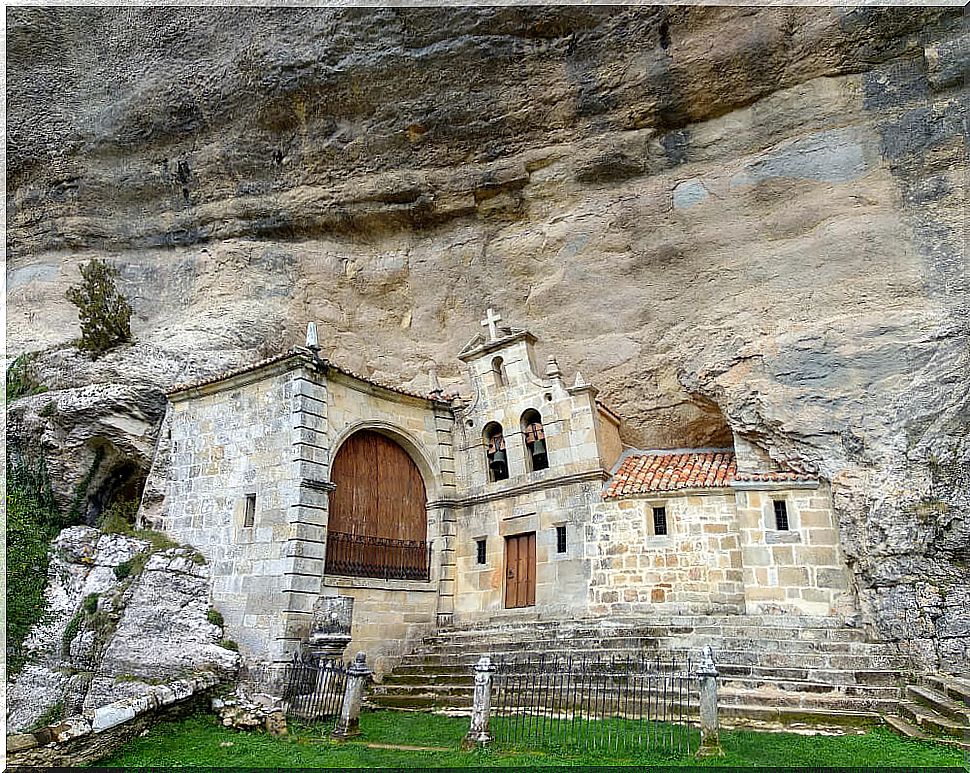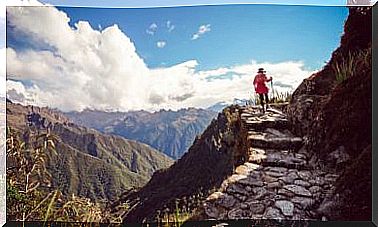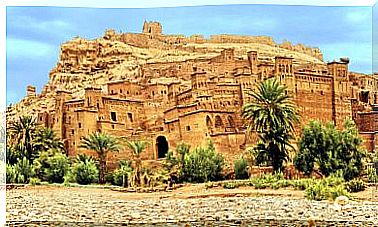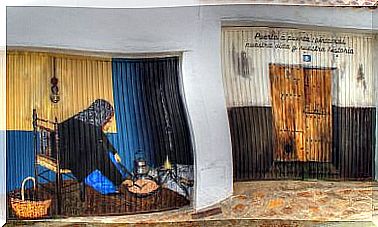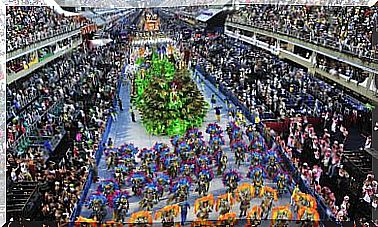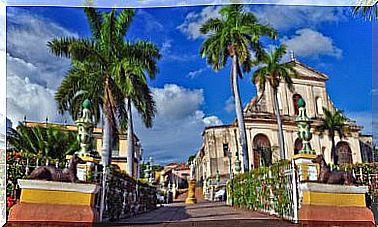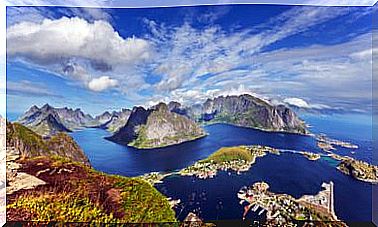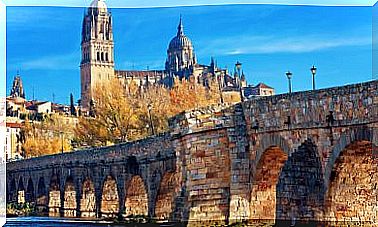Ekain: A Temple Of Paleolithic Rock Art
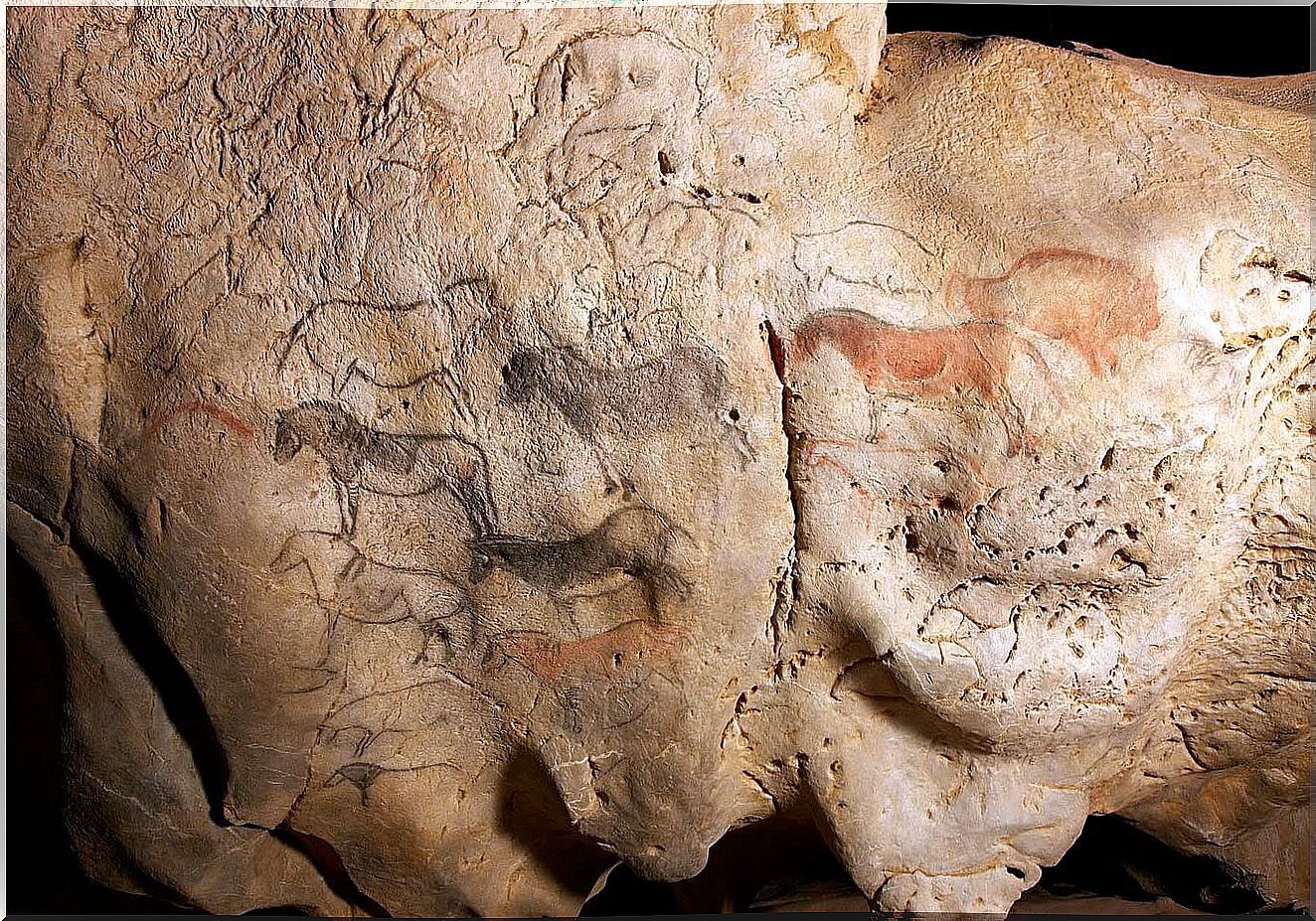
If we talk about cave paintings in Spain internationally, the best known cave is undoubtedly the Altamira Cave. However, on the Cantabrian coast we not only have that temple of rock art, since, as we are going to show here, the Ekain cave is also a very interesting place.
The valley of Sastarain, on the way to the cave of Ekain
How to get to this temple of Paleolithic rock art? Half an hour by car from San Sebastián, we find the town of Cestona, – Zestoa in Basque. It is located in the beautiful Sastarrain Valley, on the banks of the Urola River.
Between the Izarraitz and Ernio massifs, less than 10 kilometers from the coast, we will see a valley full of green meadows, waterfalls of natural water and many places for hiking and cycling routes. All this with unbeatable views, for a day of nature and culture.
In the middle of this spectacular site, we can leave the car in the parking lot and, after about 25 minutes on foot, we will find the entrance of the replica of the cave. What secrets does it hide inside?
Ekain cave, an example of Paleolithic rock art
14,000 years ago, at the end of the Upper Paleolithic, our ancestors left an indelible mark on the walls of a cave. Today that cave is known as Ekain Cave, and it is considered a temple of Palaeolithic rock art.
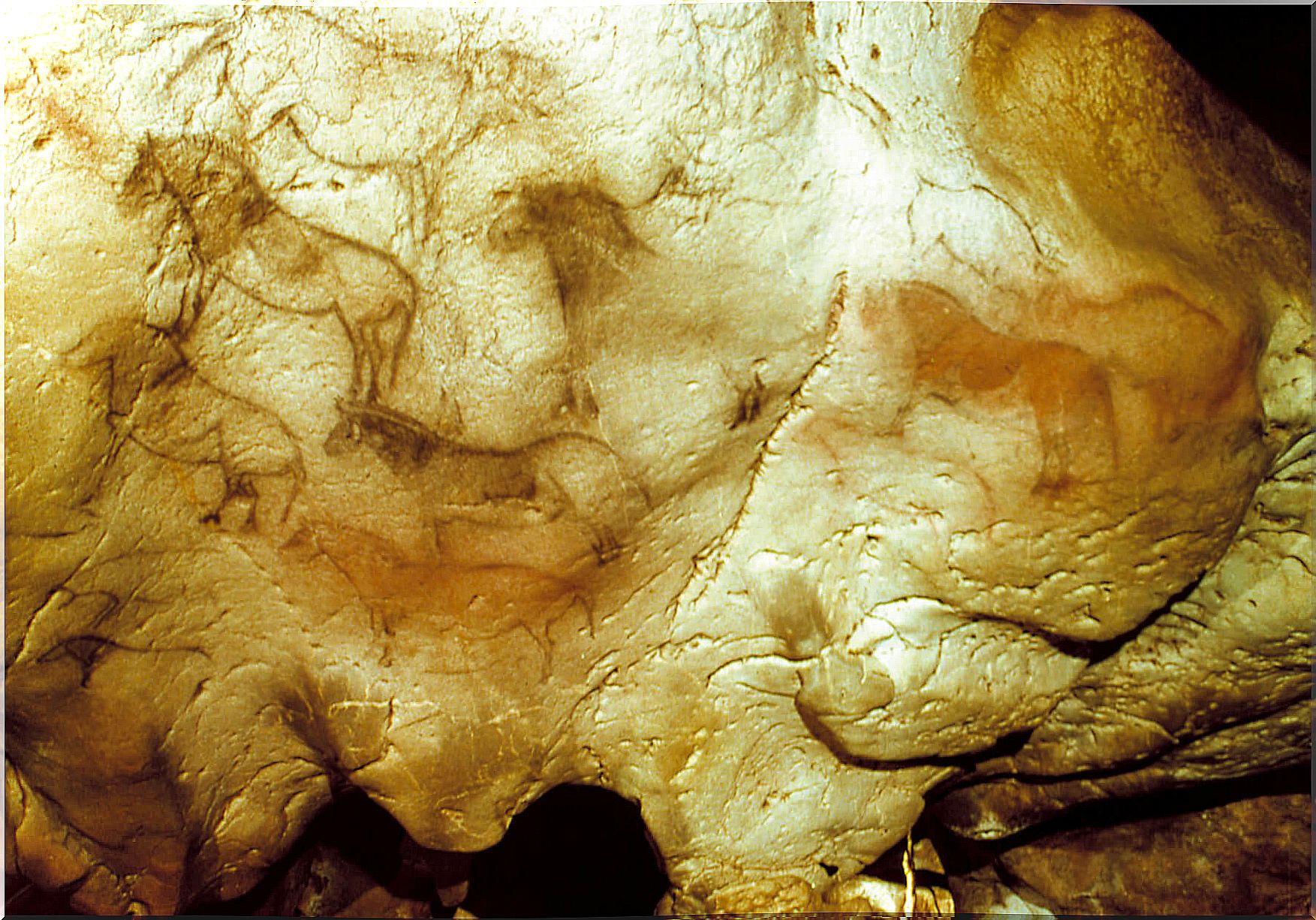
Its Magdalenian cave paintings are in very good condition. Despite this, so that a larger number of audiences can enjoy them, a “neo-cave” has been made, with an exact reproduction of all the paintings.
Of the 79 animal figures that have been found painted on the walls of this Palaeolithic cave art temple, the horse is the most represented. In this site, they appear painted next to bears, deer and goats. In fact, the cave has been divided into different galleries according to the figures that appear in each one.
A different way of discovering rock art
Thanks to the excellent study and documentation work of the Ekain cave, the visitor can enjoy it in another cave replicated with faithful accuracy. The replica reaches such a point that it even has the same humidity and temperature conditions as the original.
Technological advances allow us to enjoy it in its maximum splendor, without missing any detail. During the visit, we can see panoramic photos of the galleries and digitizations of the main panels. Infrared images bring us closer to the most hidden details, which would go unnoticed at first glance.
Along with this, we will find descriptions of the paintings with details that tell us how these artists were able to mix different pigments to create more or less volume in each specific area of the animal they wanted to draw.
The visits can be made only to the cave or they can be completed with experiences to see how these hunter-gatherer communities lived and with what methods they hunted or made fire, among other things.
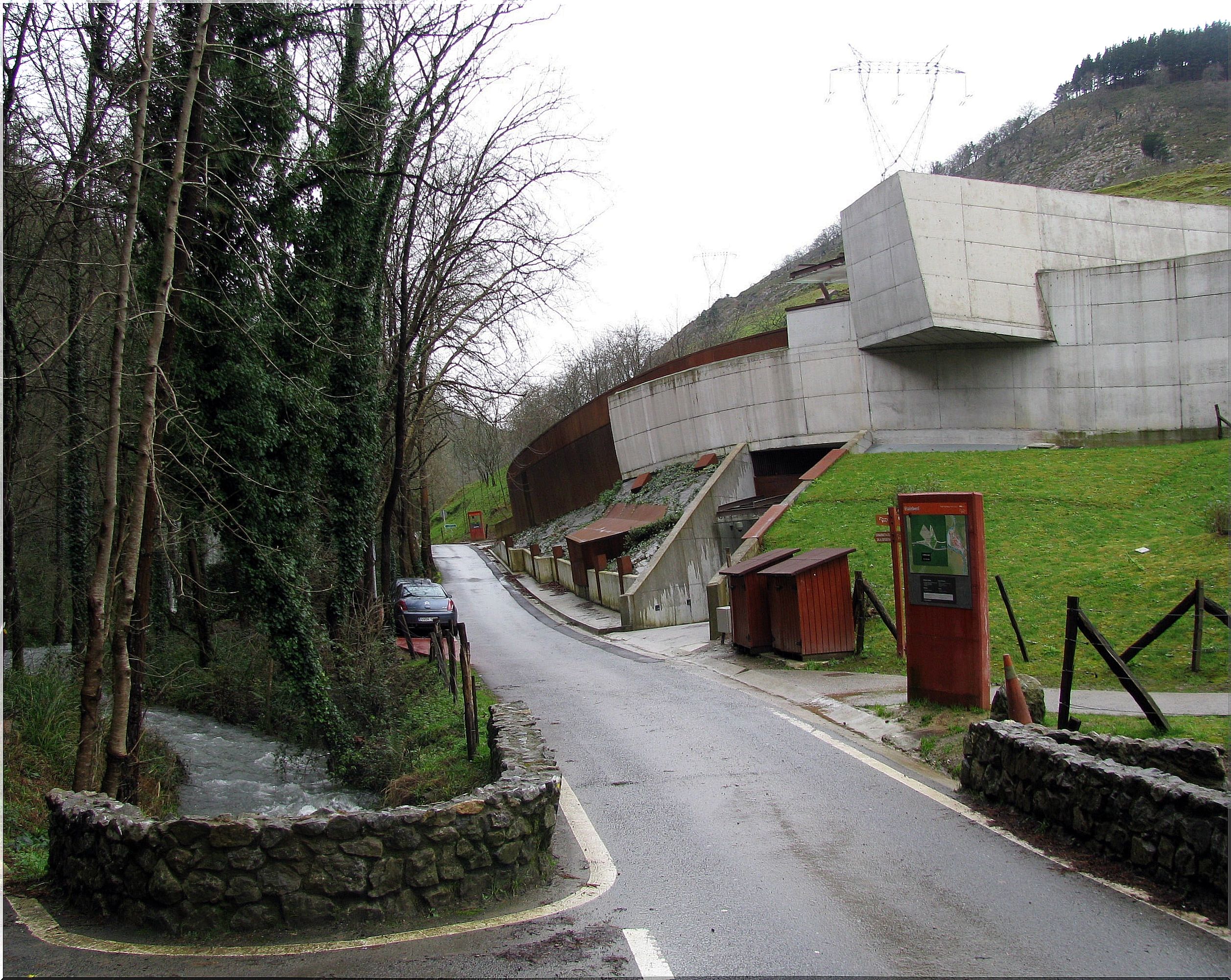
There is a wide range of parallel activities that are framed within the diffusion of the cave itself. For example, they have detailed workshops for all educational levels, as well as visits for groups, individuals or families. On the Ekain cave website we can see schedules, prices and all the activities that are offered.
A trip through the rock art of the Cantabrian coast
There are a total of 17 caves that have the remains of the most important Palaeolithic rock art in all of Europe. They are all found on the Cantabrian coast, where the traveler looking for a dose of the oldest art of humanity has to go yes or yes.
Caves such as Altxerri, La Garma, La Pasiega, El Pendo or Tito Bustillo, and of course Altamira, the best known of them, are points of a journey through the Palaeolithic past of Spain.
Seeing a set of mountains full of holes, landscapes with green meadows and rivers with abundant water where the animals went to drink, we can surely find one of these 17 caves.
The Ekain cave was declared a World Heritage Site by UNESCO on July 7, 2008. For this and the reasons discussed above, it is worth discovering the art that our ancestors left us many centuries ago.
The Frenchman André Leroi-Gourhan, one of the greatest specialists in prehistory and archeology in the world, baptized the Ekain Cave as “the most perfect set of horses in Quaternary art. ” Come to meet him and confirm his appreciation.
Cover image: Facebook Ekainberri Ekaingo Kobaren Erreplika.
